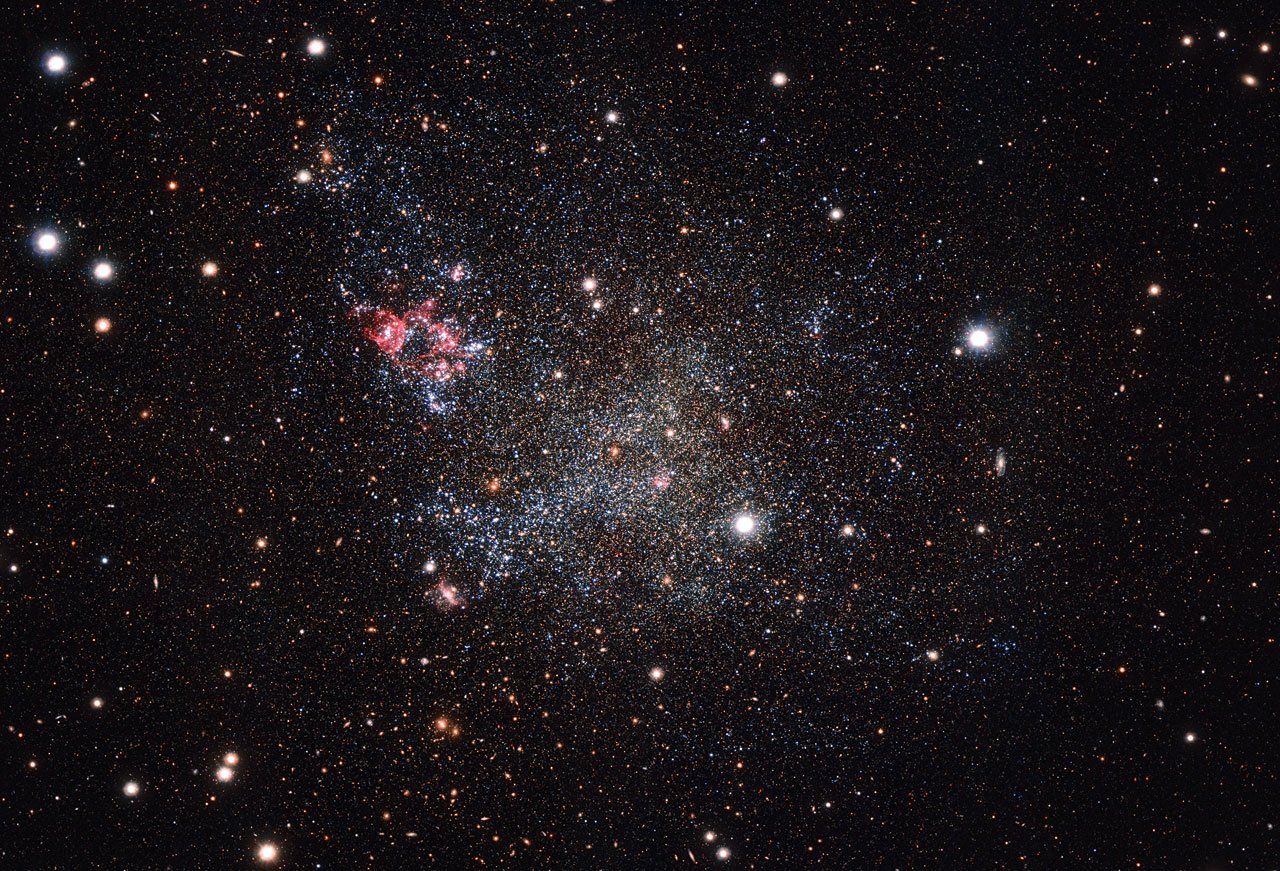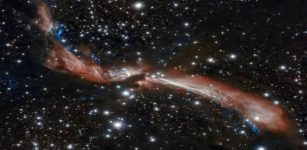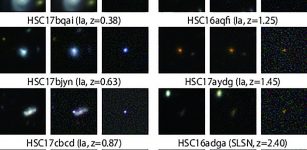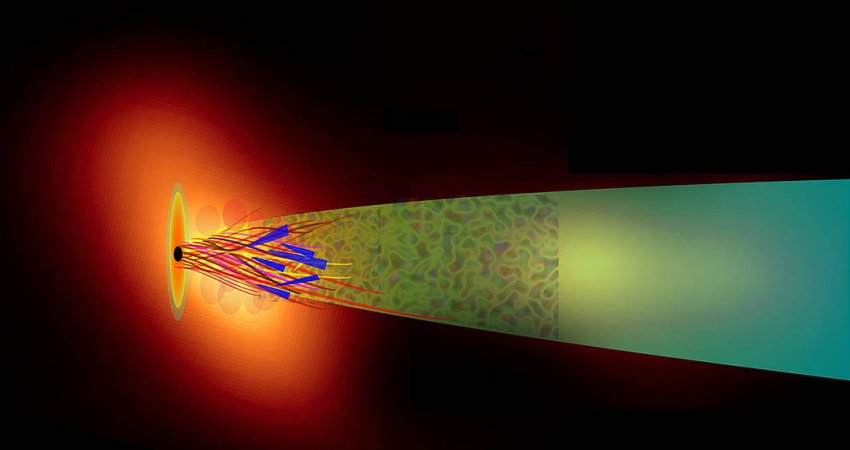Unusual Photo Of Small Galaxy IC 1613 As Seen By ESO’s VLT Survey Telescope In Chile
MessageToEagle.com – There is a beautiful small galaxy C 1613 located in the constellation of Cetus (The Sea Monster).
It is now confirmed that IC 1613 – well-studied due to its proximity – is indeed a member of the Local Group, a collection of more than 50 galaxies that includes our home galaxy, the Milky Way.
IC 1613, located just over 2.3 million light-years away from us, is an irregular dwarf that lacks many of the features, such as a starry disc, found in some other diminutive galaxies.

Now astronomers know IC 1613’s distance to a remarkably high precision, partly due to the unusually low levels of dust lying both within the galaxy and along the line of sight from the Milky Way — something that enables much clearer observations.
The galaxy IC 1613 hosts a number of notable stars of two types: Cepheid variables and RR Lyrae variables. Both types of star rhythmically pulsate, growing characteristically bigger and brighter at fixed intervals.
German astronomer Max Wolf discovered IC 1613’s faint glow in 1906. In 1928, his compatriot Walter Baade used the more powerful 2.5-metre telescope at the Mount Wilson Observatory in California to successfully make out its individual stars. From these observations, astronomers figured out that the galaxy must be quite close to the Milky Way, as it is only possible to resolve single pinprick-like stars in the very nearest galaxies to us.
Cepheid and RR Lyrae variables have the special property that their period of brightening and dimming is linked directly to their intrinsic brightness. By measuring how quickly they fluctuate astronomers can work out their intrinsic brightness. They can then compare these values to their apparent measured brightness and work out how far away they must be to appear as dim as they do.
Stars of known intrinsic brightness can act like standard candles, as astronomers say, much like how a candle with a specific brightness would act as a good gauge of distance intervals based on the observed brightness of its flame’s flicker.
Using standard candles — such as the variable stars within IC 1613 and the less-common Type Ia supernova explosions, which can seen across far greater cosmic distances — astronomers have pieced together a cosmic distance ladder, reaching deeper and deeper into space.
MessageToEagle.com
source: ESO










